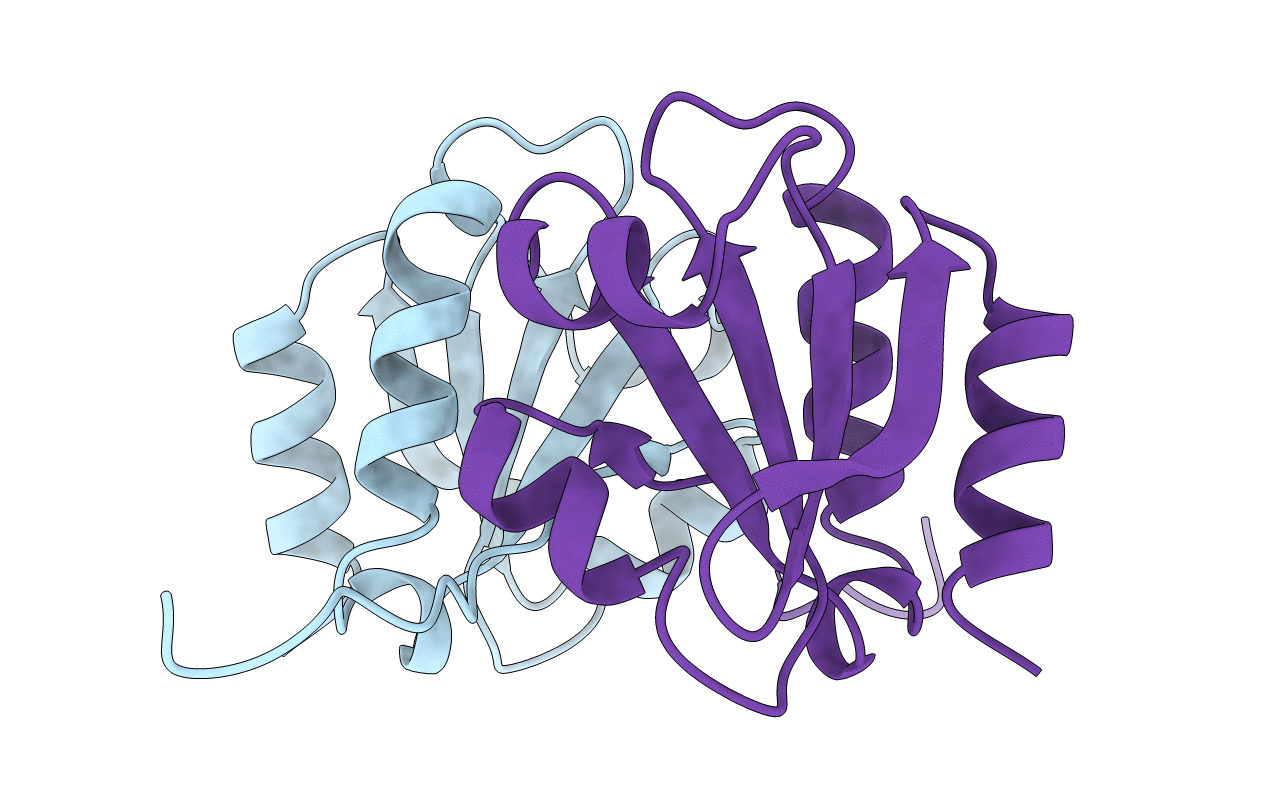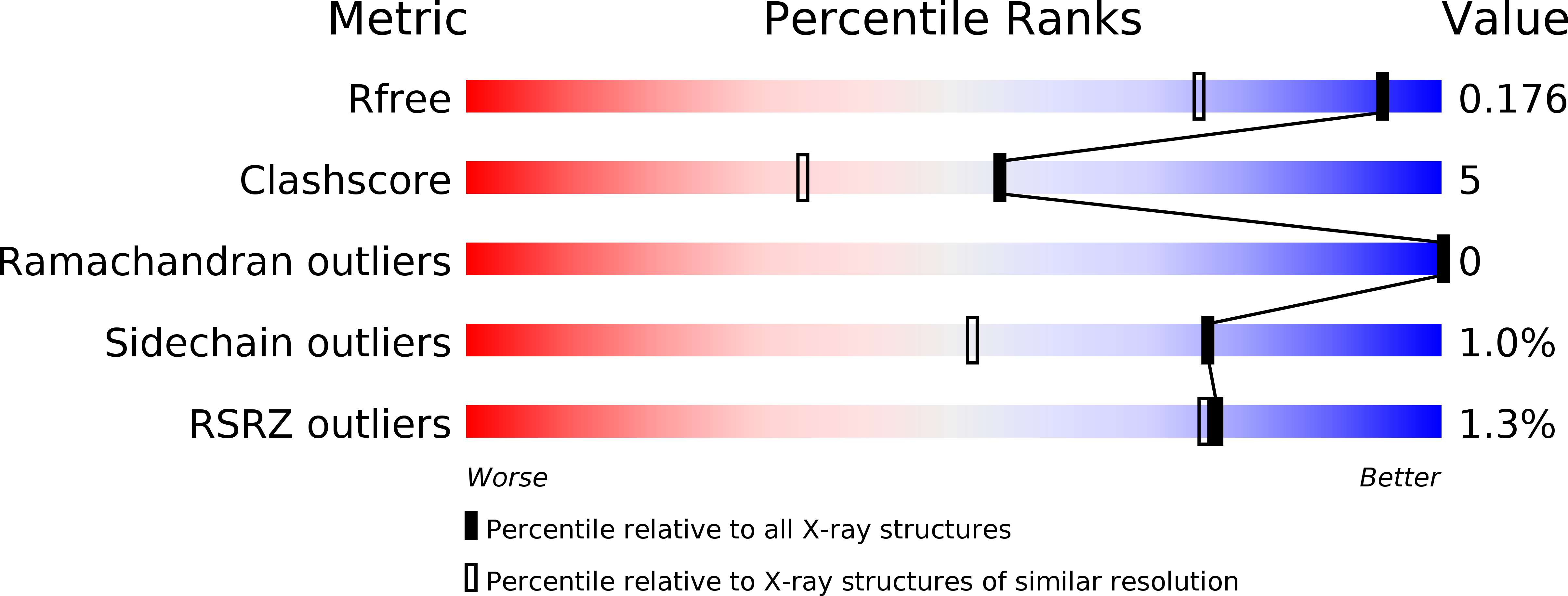
Deposition Date
2006-08-16
Release Date
2006-11-22
Last Version Date
2024-10-16
Entry Detail
PDB ID:
2J23
Keywords:
Title:
Cross-reactivity and crystal structure of Malassezia sympodialis Thioredoxin (Mala s 13), a member of a new pan-allergen family
Biological Source:
Source Organism:
MALASSEZIA SYMPODIALIS (Taxon ID: 76777)
Host Organism:
Method Details:
Experimental Method:
Resolution:
1.41 Å
R-Value Free:
0.16
R-Value Work:
0.14
R-Value Observed:
0.14
Space Group:
P 1 21 1


